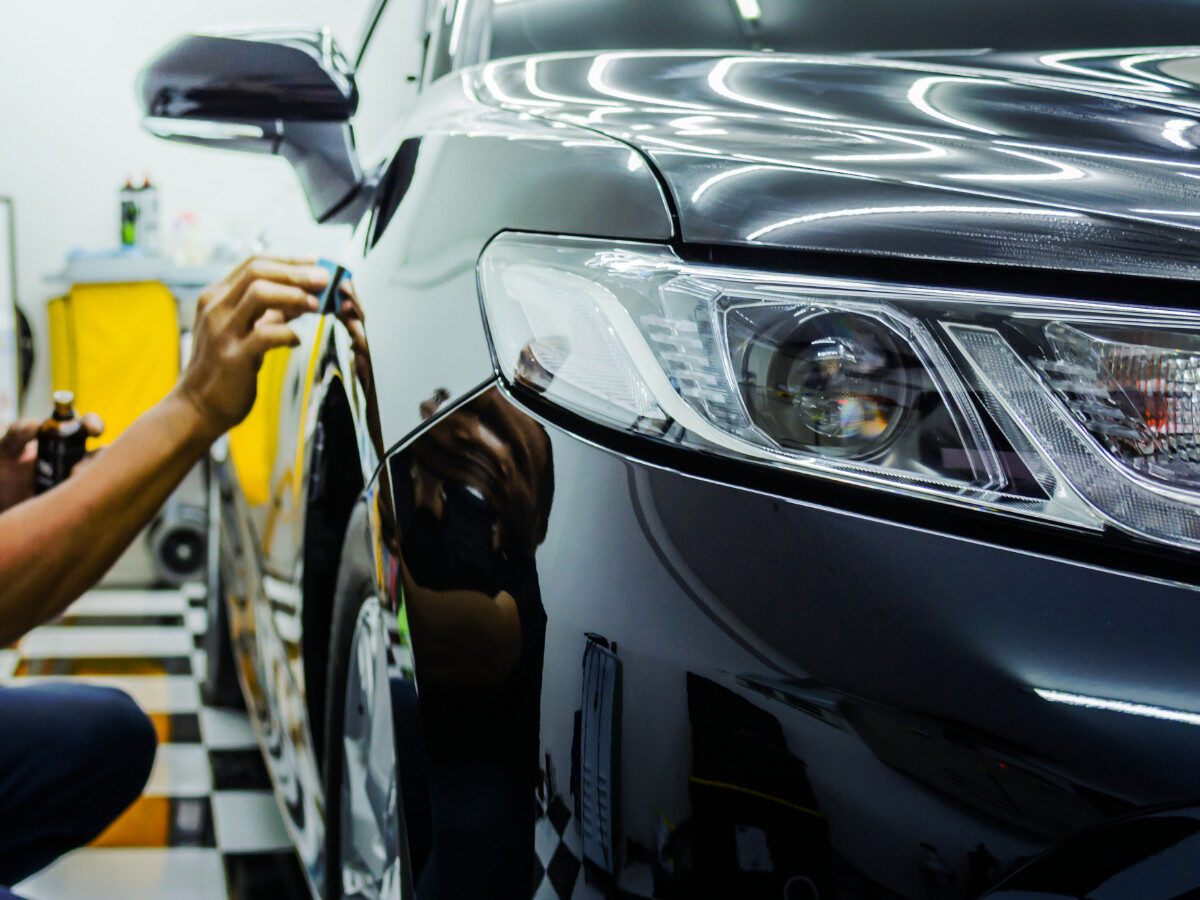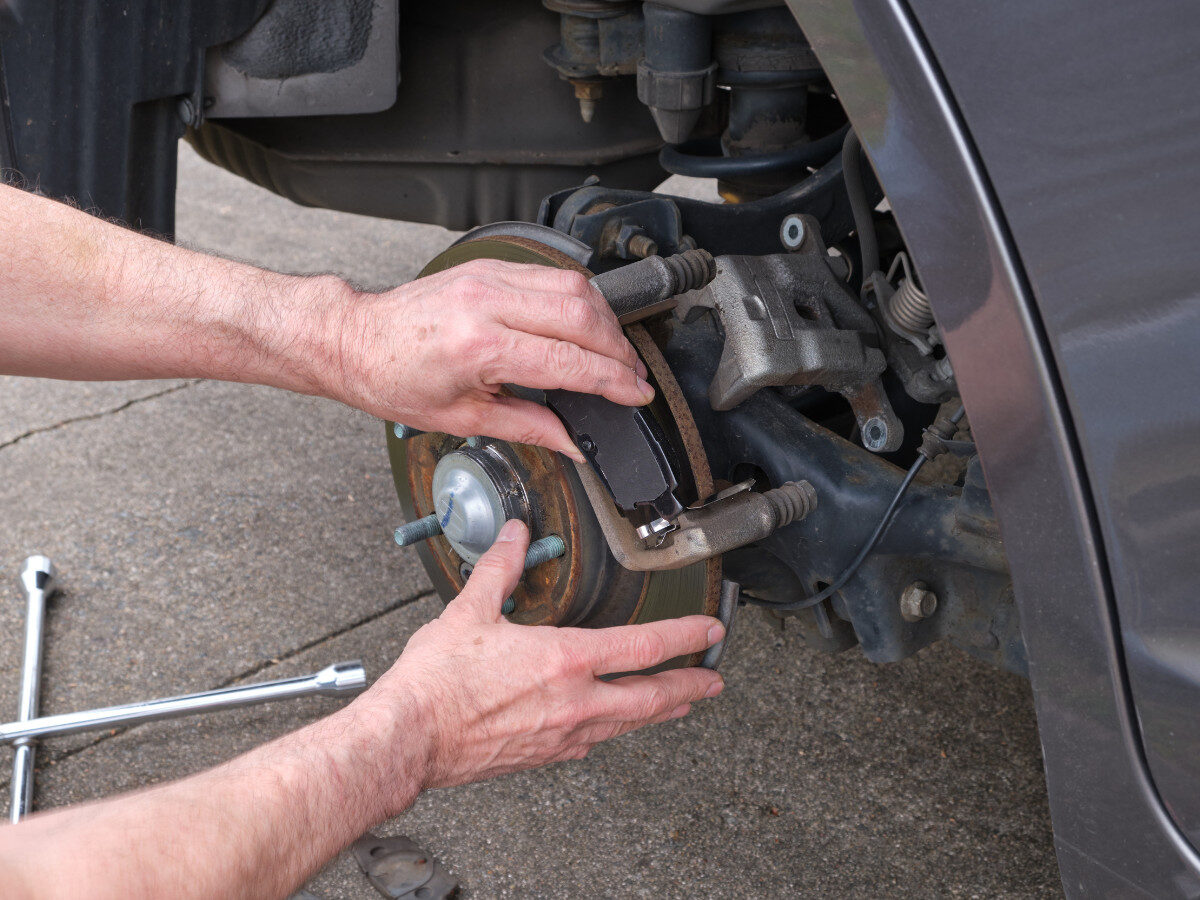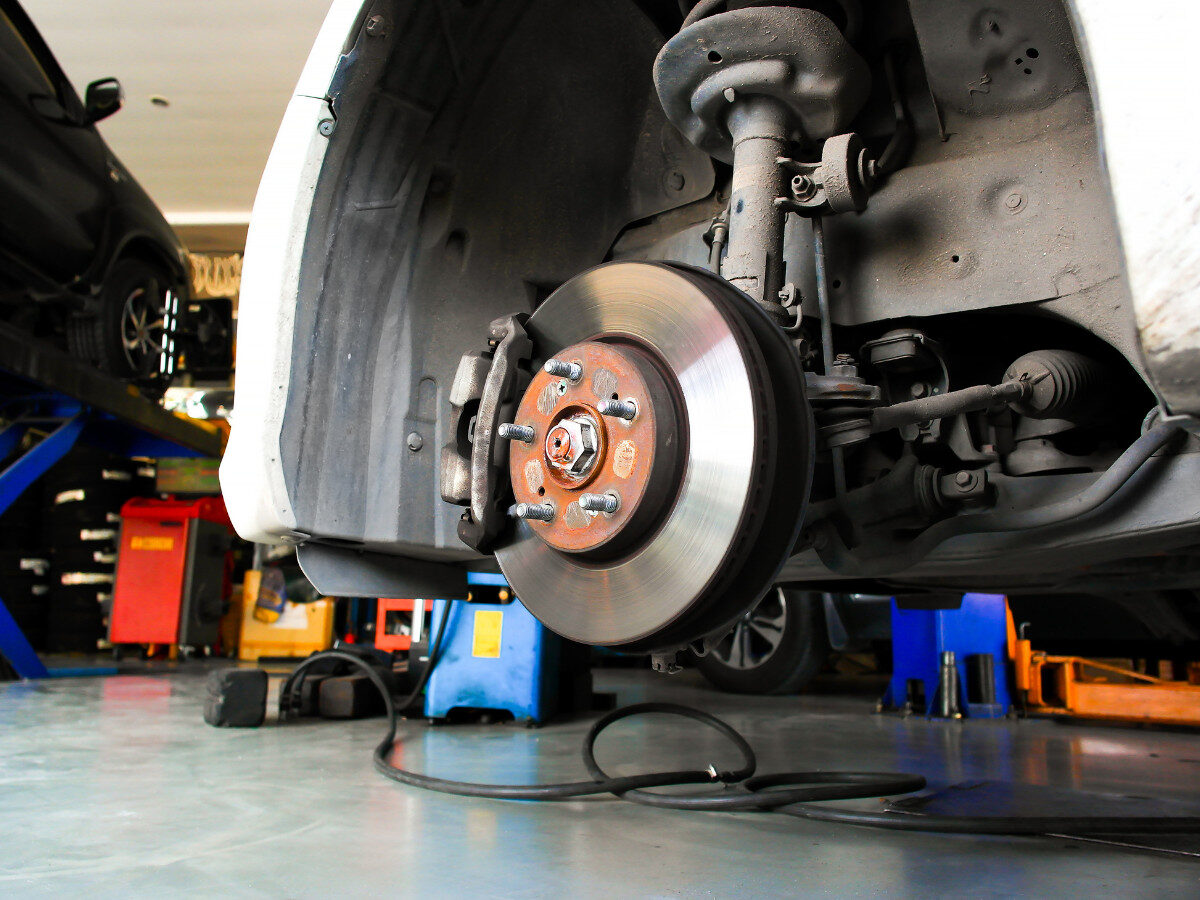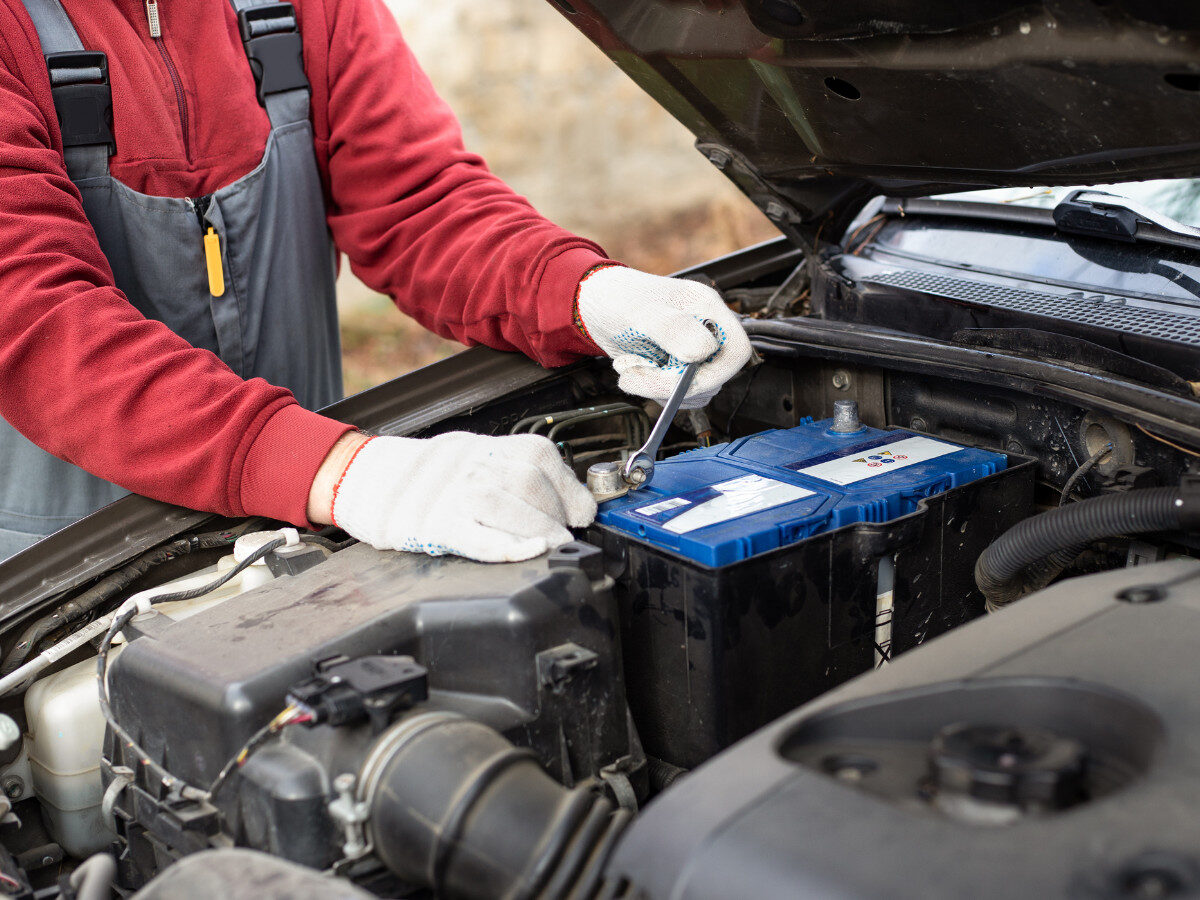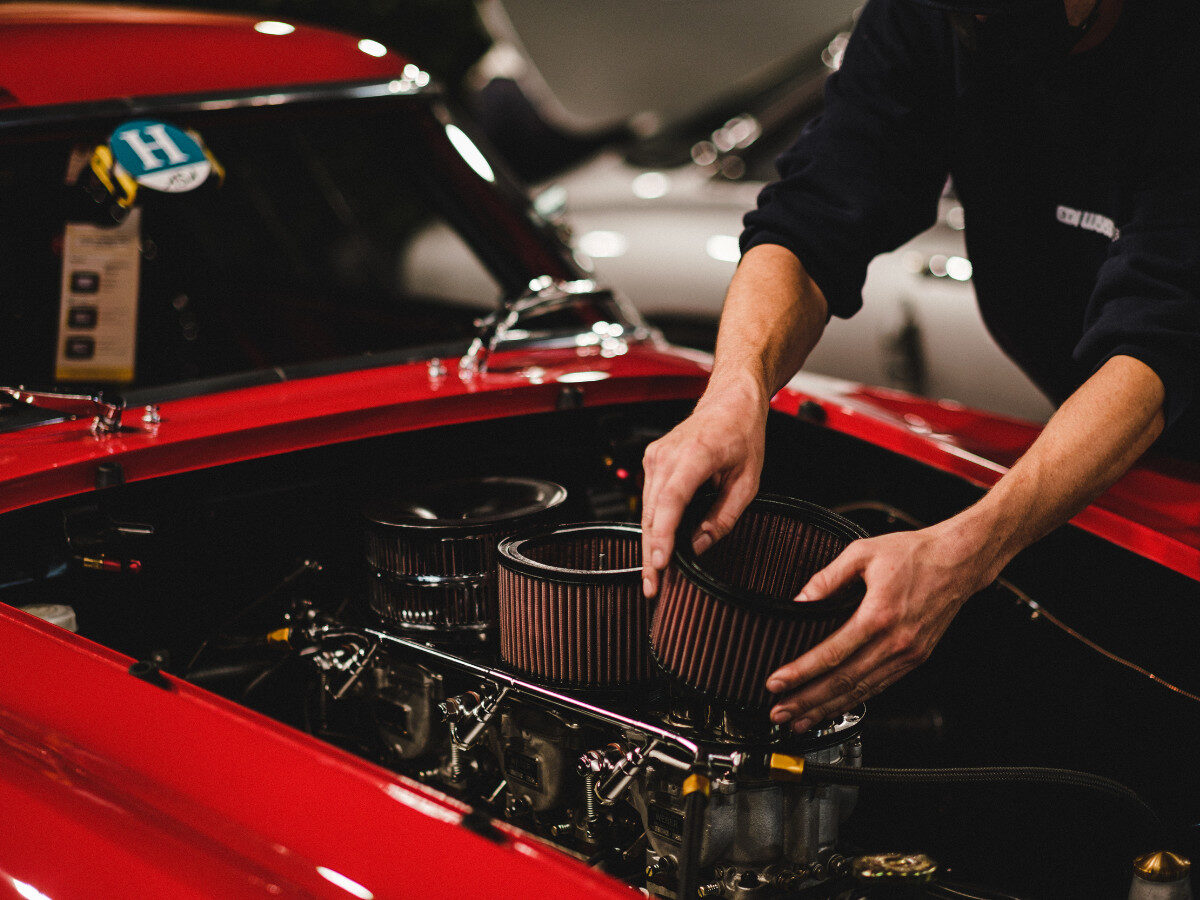If you’ve driven around Springfield for any length of time, you already know the weather doesn’t make car ownership easy. One month it’s hot and humid, and the next it’s freezing and icy. Between harsh UV rays, heavy rain, and winter road salt, your vehicle faces constant stress. That’s why following the right tips for vehicle longevity can help your car last longer and perform better, no matter the season.
Understanding how Springfield’s climate affects your car is essential. Each season presents different challenges that impact paint, tires, and internal components. By staying proactive and adapting your maintenance routine to the weather, you can keep your vehicle looking sharp and running smoothly all year.
How Seasonal Shifts Affect Vehicle Health
Springfield’s climate is full of surprises. Scorching summers strain your engine and fade your paint, while winter salt eats away at the undercarriage. Spring brings potholes and flooding, and fall drops leaves and debris that clog filters and drains. Every season demands a slightly different maintenance approach. That’s where the best tips for vehicle longevity come in handy—routine care based on local weather helps your car handle Springfield’s toughest conditions.
Essential Car Care for Summer Heat and Humidity
Inspect and Maintain the Cooling System
When summer heat peaks, your car’s cooling system is its lifeline. Make sure the radiator, coolant, and hoses are in good condition. A failing cooling system can cause engine overheating, warped parts, and leaks. Checking it before long drives or heat waves can save you from a roadside breakdown.
Protect the Interior from Sun Damage
Prolonged sun exposure can ruin your vehicle’s interior. Dashboards fade, leather cracks, and plastic parts warp. Use a windshield sunshade or install window tint for UV protection. Conditioning your seats and parking in shaded areas will also extend the life of your interior materials.
Monitor Tire Pressure and Tread
High temperatures make tire air expand, which can lead to overinflation and uneven wear. Check your tire pressure weekly during summer, and always inspect for cracks or heat damage. Properly inflated tires improve fuel efficiency and prevent blowouts, giving you peace of mind on long drives.
Spring and Rainy Season Maintenance Tips
Replace Old Wiper Blades
Spring showers can make driving dangerous if your wipers are streaking or squeaking. Replace them every six months for better visibility. Adding a rain-repellent coating on your windshield can also improve safety during heavy downpours.
Check for Hydroplaning Risks
Worn tires reduce traction on wet roads, increasing your chance of hydroplaning. Perform a quick tread test with a penny—if you can see Lincoln’s head, it’s time for replacements. All-season tires with deeper grooves help channel water away, keeping your car steady during storms.
Clean the Exterior Regularly
After rain, dirt and contaminants can cling to your vehicle’s paint. Rinse your car thoroughly, paying attention to the undercarriage and fenders where mud collects. Blue Rose Auto offers professional detailing and protective coatings that preserve your car’s finish and make cleaning easier.
Fall Car Maintenance to Prepare for Winter
Inspect the Brakes
Before temperatures drop, check your brakes for wear or leaks. Wet leaves and slick roads reduce traction, so responsive brakes are a must. If you notice squealing or pulsing, schedule an inspection before winter sets in.
Replace Cabin and Engine Air Filters
Leaves and debris can clog air filters, reducing airflow and fuel efficiency. Replace your cabin and engine filters every 12,000–15,000 miles. Clean airflow improves performance and keeps your HVAC system running smoothly.
Top Off Essential Fluids
As cold weather approaches, switch to a winter windshield washer fluid that won’t freeze. Check antifreeze, brake fluid, and oil levels too. Fresh, season-appropriate fluids help your engine handle temperature swings and prevent costly damage.
Winter Car Care and Salt Protection
Install Winter Tires
All-season tires stiffen in cold weather, reducing grip. Winter tires stay flexible and provide better traction on snow and ice. In Springfield, switching to winter tires before the first freeze improves safety and stability.
Wash Frequently to Remove Salt
Road salt prevents ice buildup but accelerates rust. Wash your car every two weeks in winter, including the undercarriage. Regular cleaning protects brake lines, wheel wells, and body panels from corrosion.
Check the Battery
Cold weather weakens car batteries. If yours is more than three years old, have it tested. Blue Rose Auto provides free diagnostics and installs high-performance batteries designed for cold starts.
Year-Round Habits for Vehicle Longevity
Stick to Regular Oil Changes
Consistent oil changes are one of the most effective tips for vehicle longevity. Use synthetic oil for better performance in extreme temperatures. It reduces friction and keeps internal parts clean, extending your engine’s lifespan.
Keep It Clean, Inside and Out
Washing your car regularly removes corrosive materials like road salt and pollen. Clean interiors also prevent mold and odor buildup, creating a healthier driving environment and preserving resale value.
Inspect Alignment and Suspension
Hitting potholes or curbs can misalign your wheels, leading to uneven tire wear. Have your alignment checked at least once a year, especially after rough weather. A well-aligned suspension improves handling and safety.
Maintain the Undercarriage
Your underbody faces constant exposure to grime, salt, and moisture. Applying a rustproof coating helps protect it from corrosion. Blue Rose Auto offers professional undercarriage protection to prevent long-term damage.
FAQs About Car Maintenance and Longevity
How often should I change my oil?
Every 3,000 to 5,000 miles, depending on your vehicle and oil type.
Does regular washing really prevent rust?
Yes. Frequent washing removes salt and grime that cause corrosion.
When should I switch to winter tires?
Install winter tires when average temperatures fall below 45°F.
Is ceramic coating worth it?
Definitely. It shields paint from UV rays, debris, and salt.
Why does tire pressure change with the seasons?
Heat expands air, cold contracts it—check tire pressure weekly during seasonal shifts.
How often should I inspect my brakes?
At least twice a year, or sooner if you hear noise or feel vibration when braking.
What’s the best way to protect my car’s undercarriage?
Apply rustproofing or undercoating once a year for lasting protection.
Can I use summer washer fluid in winter?
No. It can freeze and damage your system—use a winter blend instead.
Why is Springfield’s climate so tough on cars?
The rapid shifts between heat, humidity, rain, and cold cause metal, rubber, and fluids to wear faster.
How does Blue Rose Auto help maintain my car?
They offer climate-specific services, including detailing, rustproofing, and seasonal maintenance checks.
Final Thoughts: Stay Ahead with Smart Maintenance
Your car works hard through every season in Springfield. Staying proactive with regular maintenance is the key to avoiding costly repairs and maximizing your vehicle’s life. By following these practical tips for vehicle longevity—like checking your fluids, protecting your paint, and scheduling seasonal inspections—you’ll keep your car dependable for years to come.
For expert local care, Blue Rose Auto is always ready to help drivers stay road-ready no matter the weather.

